Home>Interior Design>How To Dry A Comforter To Retain Its Fluffiness And Warmth
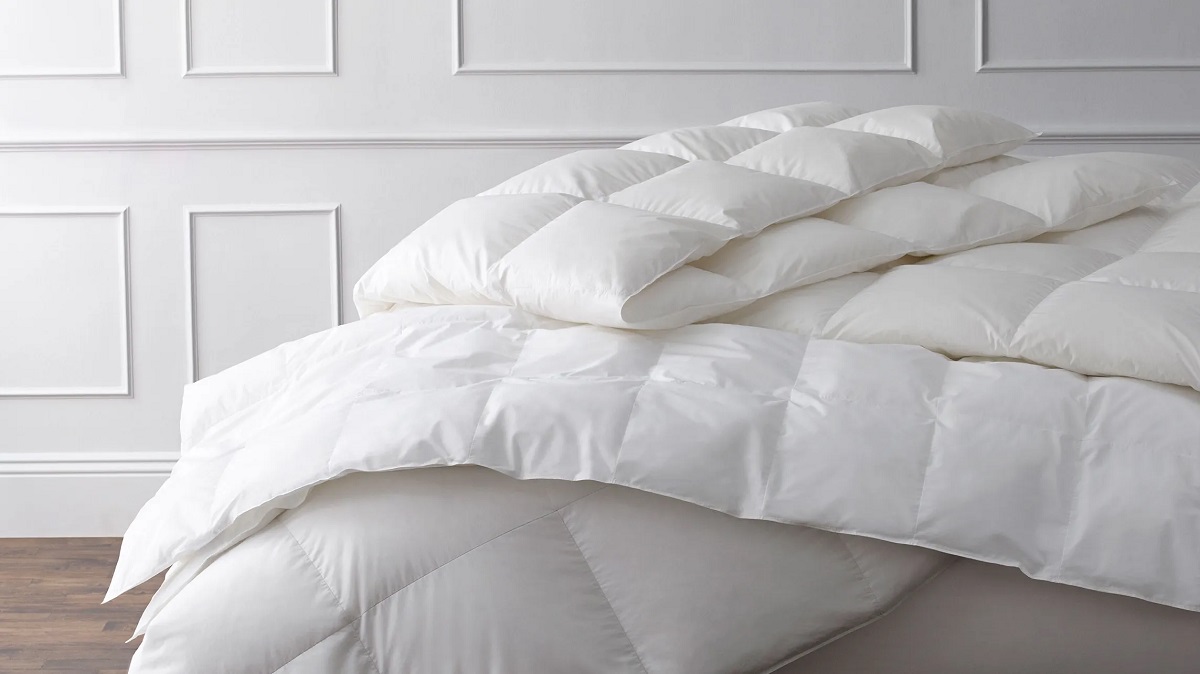

Interior Design
How To Dry A Comforter To Retain Its Fluffiness And Warmth
Modified: December 7, 2023
Learn how to dry a comforter to maintain its fluffiness and warmth with our expert interior design tips. Enhance your home decor while keeping your comforter in perfect condition.
(Many of the links in this article redirect to a specific reviewed product. Your purchase of these products through affiliate links helps to generate commission for Storables.com, at no extra cost. Learn more)
Introduction
When it comes to keeping our comforters clean and fresh, there inevitably comes a time when they need to be washed. However, drying a comforter can be a bit tricky, as improper drying methods can lead to a loss of fluffiness and warmth. In this article, we will guide you through the process of drying a comforter while ensuring that it retains its cozy and fluffy nature.
Before diving into the steps, it’s important to note that comforters come in different materials and designs, each requiring specific care. So, before you begin the drying process, it is crucial to check the care instructions on the comforter’s label. These instructions will provide you with valuable information regarding the optimal drying method and any additional precautions you need to take.
Now, let’s explore the steps involved in drying a comforter while retaining its fluffiness and warmth.
Key Takeaways:
- Properly preparing and drying your comforter, following care instructions, and choosing the right method can maintain its fluffiness and warmth for a cozy sleep environment.
- Regularly fluffing, rotating, and using a duvet cover, along with proper cleaning and occasional professional care, can extend the lifespan of your comforter and ensure long-lasting comfort.
Step 1: Check the care instructions
Before you start the process of drying your comforter, it’s essential to read and understand the care instructions provided by the manufacturer. These instructions will vary depending on the materials used in the comforter and any specific requirements for maintaining its quality.
Look for any specific instructions about whether the comforter can be machine washed or if it requires professional cleaning. Additionally, check for any temperature limitations or special detergents recommended for washing. These guidelines will ensure that you avoid any potential damage to the comforter while cleaning it.
In some cases, the care instructions may also include guidance on drying methods. They may specify whether the comforter can be tumble dried or if air drying is recommended. Following these guidelines will help you make informed decisions about the best approach for drying your comforter.
If the care instructions are missing or unclear, you can reach out to the manufacturer or refer to their website for more detailed information. Alternatively, you can seek advice from a professional dry cleaner who specializes in caring for delicate fabrics.
By taking the time to check the care instructions, you’ll ensure that you proceed with the most appropriate drying method for your comforter, preserving its quality and longevity.
Step 2: Preparing the comforter for drying
Before proceeding with drying your comforter, it’s important to properly prepare it to ensure effective and efficient drying.
The first step is to thoroughly clean your comforter by following the recommended cleaning instructions. This may involve washing it in a washing machine or taking it to a professional cleaner if required. Ensure that you use a mild detergent and avoid harsh chemicals that can potentially damage the fabric.
Once the comforter is clean, give it a gentle shake to fluff up the filling and distribute it evenly. This will help to maintain its loftiness and prevent any clumping or uneven drying.
Next, check for any visible stains or spots that may not have been completely removed during the cleaning process. Treat these spots with a stain remover or a mild soap and gently scrub them with a soft brush. Be careful not to scrub too vigorously as this can damage the fabric.
After spot treatment, check if the comforter is completely rinsed and there are no soap residues. Rinse it thoroughly and squeeze out any excess water. Excess water can prolong the drying time and may lead to a musty smell or potential mold growth.
At this stage, you may also consider adding a couple of clean tennis balls or dryer balls to the comforter. These will help to fluff up the filling and prevent it from clumping during the drying process.
Before moving on to the next step, ensure that the comforter is fully prepared and ready for drying. Making these preparations will not only help optimize the drying process but also ensure that your comforter remains in excellent condition.
Step 3: Choosing the right drying method
Once you have prepared your comforter, it’s time to determine the most suitable drying method. The decision will depend on factors such as the comforter’s material, size, and the available resources.
If the care instructions recommend machine drying, using a dryer is generally the easiest and most convenient option. However, it’s important to ensure that your dryer is large enough to accommodate the size of your comforter without overcrowding. Overcrowding can prevent proper airflow and hinder effective drying.
If you have a large capacity dryer, set it to a low or delicate cycle with a low heat setting. This will help prevent damage to the comforter’s fabric and filling. It’s also advisable to include some clean tennis balls or dryer balls in the dryer to aid in fluffing up the comforter.
On the other hand, if your comforter is too large for your dryer or the care instructions recommend air drying, you can opt for drying it outdoors. Find a spacious and well-ventilated area where you can hang the comforter to facilitate even drying.
Before placing the comforter outside, ensure that the weather is suitable. Avoid hanging it on a rainy or humid day, as moisture can prolong the drying process and potentially lead to a damp or musty smell. If the weather is ideal, hang the comforter on a clothesline or a sturdy drying rack and allow it to dry naturally.
Keep in mind that drying time may vary depending on the thickness and fill of the comforter, as well as the drying method chosen. It’s essential to monitor the drying process and regularly check the comforter’s progress to prevent over-drying or potential damage.
By carefully considering the comforter’s care instructions and selecting the appropriate drying method, you can ensure that your comforter dries effectively and maintains its optimal condition.
After washing your comforter, place it in the dryer with a few tennis balls or dryer balls to help fluff it up. Use a low heat setting and check regularly to prevent overheating.
Step 4: Drying the comforter in a dryer
If the care instructions for your comforter indicate that it can be machine dried, using a dryer is a convenient option. However, it’s crucial to follow a few essential steps to ensure that the comforter dries evenly and retains its fluffy and warm nature.
Start by placing the clean and prepared comforter in the dryer. To prevent overcrowding and aid in the drying process, it’s recommended to add a couple of clean tennis balls or dryer balls to the dryer as well. These balls will help fluff up the filling and prevent it from clumping.
Set the dryer to a low or delicate cycle with a low heat setting. High heat can be too harsh for the comforter and may cause damage to the fabric or fill. It’s important to avoid using any fabric softeners or dryer sheets as they can leave a residue on the comforter and potentially affect its quality.
As the comforter dries, periodically check on its progress and redistribute the filling. Gently shake or fluff the comforter to ensure even drying and prevent any clumping.
Depending on the size and thickness of the comforter, the drying process may take several cycles. Be patient and avoid rushing the process by using a higher heat setting, as this can lead to possible damage or shrinkage of the comforter.
Once the comforter is completely dry, remove it from the dryer and give it a gentle shake to distribute the filling evenly. Check for any damp spots or lingering moisture. If the comforter feels damp, it’s best to air dry it for a little longer to ensure complete dryness.
After drying, it’s important to store the comforter properly to maintain its freshness. Ensure that it is fully cooled down before folding or storing it in a breathable storage bag or container. Avoid compressing the comforter too tightly, as this can affect its fluffiness.
By following these steps, you can effectively dry your comforter in a dryer while preserving its fluffiness and warmth. Remember to always refer to the care instructions and use the appropriate settings to avoid any potential damage.
Step 5: Drying the comforter outdoors
If your comforter is too large for the dryer or the care instructions recommend air drying, you can opt for drying it outdoors. Drying your comforter outside can not only save energy but also provide a fresh and natural scent to your bedding. Here are the steps to effectively dry your comforter outdoors:
Choose a suitable location: Find a spacious and well-ventilated area outdoors where you can hang your comforter. Look for a spot that receives ample sunlight and has good airflow to facilitate efficient drying.
Prepare a drying surface: Use a sturdy clothesline, drying rack, or similar apparatus to hang your comforter. Make sure it’s strong enough to support the weight of the comforter without sagging or breaking.
Hang the comforter: Spread out the comforter evenly on the drying surface, making sure to avoid any folds or bunching. Use clips or clothespins to secure the comforter in place, preventing it from slipping off or getting blown away by the wind.
Avoid direct sunlight: While sunlight is beneficial for drying, excessive exposure to direct sunlight can potentially fade or damage the fabric. If the sun is intense, it’s a good idea to hang the comforter in a shaded area or turn it periodically to ensure even drying.
Monitor the weather: Keep an eye on the weather forecast. It’s important to avoid hanging the comforter outside on a rainy or humid day, as moist conditions can prolong the drying process and potentially lead to a musty smell.
Allow for adequate drying time: The drying time will vary based on factors such as the comforter’s thickness and the ambient weather conditions. It’s important to be patient and allow enough time for the comforter to air dry thoroughly. This may take several hours or even a full day.
Check for complete dryness: Once the comforter feels dry to the touch, give it a gentle shake to fluff up the filling and check for any damp spots. If any areas still feel damp, it’s recommended to bring the comforter inside and let it air dry a bit longer.
Once your comforter is completely dry, gently fold it and store it in a cool, dry place until you’re ready to use it. Proper storage will help maintain the fluffiness and freshness of the comforter until the next use.
By following these steps and considering the weather conditions, you can effectively dry your comforter outdoors, allowing it to absorb the benefits of fresh air and sunlight while retaining its fluffiness and warmth.
Step 6: Fluffing and maintaining the comforter
After drying your comforter, it’s important to give it some extra attention to ensure it stays fluffy and maintains its warmth. Follow these steps to fluff and maintain your comforter:
Fluffing the comforter: Once the comforter is completely dry, give it a vigorous shake to fluff up the filling and restore its loftiness. This will help distribute the filling evenly and prevent it from becoming flat or lumpy.
Regularly rotate and flip the comforter: To maintain its fluffiness and prevent uneven wear, it’s advisable to rotate and flip your comforter periodically. This will distribute the weight and compression more evenly, ensuring that all areas of the comforter remain plump and cozy.
Invest in a duvet cover: Using a duvet cover not only protects your comforter from stains and spills but also helps maintain its fluffiness. The cover provides an additional layer of insulation, preventing the filling from shifting and compressing over time.
Avoid sitting or placing heavy objects on the comforter: Sitting or placing heavy objects on your comforter can cause unnecessary compression, leading to flattened areas and reduced fluffiness. Be mindful of how you handle and use your comforter to maintain its lofty and cozy nature.
Regularly air out the comforter: Every few months, take the opportunity to air out your comforter. This can be done by hanging it outdoors on a sunny and breezy day or by draping it over a clothesline or railing indoors. Fresh air will help eliminate any odors and keep the comforter smelling clean and fresh.
Follow recommended cleaning instructions: To keep your comforter in optimal condition, be sure to follow the recommended cleaning instructions provided by the manufacturer. Regularly washing and properly caring for your comforter will contribute to its longevity and overall quality.
Consider professional cleaning: Depending on the material and construction of your comforter, it may benefit from professional cleaning every now and then. Professional cleaners have the expertise and equipment to thoroughly clean and rejuvenate the comforter without causing any damage.
By implementing these maintenance practices, you can extend the lifespan of your comforter and enjoy its fluffiness and warmth for years to come.
Conclusion
Drying a comforter is an essential step in maintaining its fluffiness and warmth. By following the proper methods and taking into account the care instructions, you can ensure that your comforter remains in pristine condition for a long time.
Checking the care instructions is crucial before starting the drying process. These instructions provide valuable information about the optimal drying method and any specific precautions you need to take.
Preparing the comforter for drying is equally important. Thoroughly clean the comforter, treat any stains, and ensure it is properly rinsed and wrung out to avoid excess moisture during the drying process.
Choosing the right drying method depends on the comforter’s size, material, and care instructions. A dryer can be a convenient option if it is suitable for your comforter’s specifications. Alternatively, air drying outdoors can be a natural and energy-saving method if weather conditions permit.
After drying the comforter, give it a gentle shake to fluff up the filling and distribute it evenly. Regularly rotate and flip the comforter to maintain its fluffiness, and consider using a duvet cover to protect and preserve its quality.
By following these steps and incorporating regular maintenance practices, such as airing out the comforter and adhering to recommended cleaning instructions, you can prolong the lifespan of your comforter and ensure that it continues to provide you with a cozy and comfortable sleep environment.
Now that you have the knowledge and understanding of how to dry a comforter while retaining its fluffiness and warmth, you can confidently tackle this task and enjoy the comfort and coziness of your freshly dried comforter for years to come.
Frequently Asked Questions about How To Dry A Comforter To Retain Its Fluffiness And Warmth
Was this page helpful?
At Storables.com, we guarantee accurate and reliable information. Our content, validated by Expert Board Contributors, is crafted following stringent Editorial Policies. We're committed to providing you with well-researched, expert-backed insights for all your informational needs.


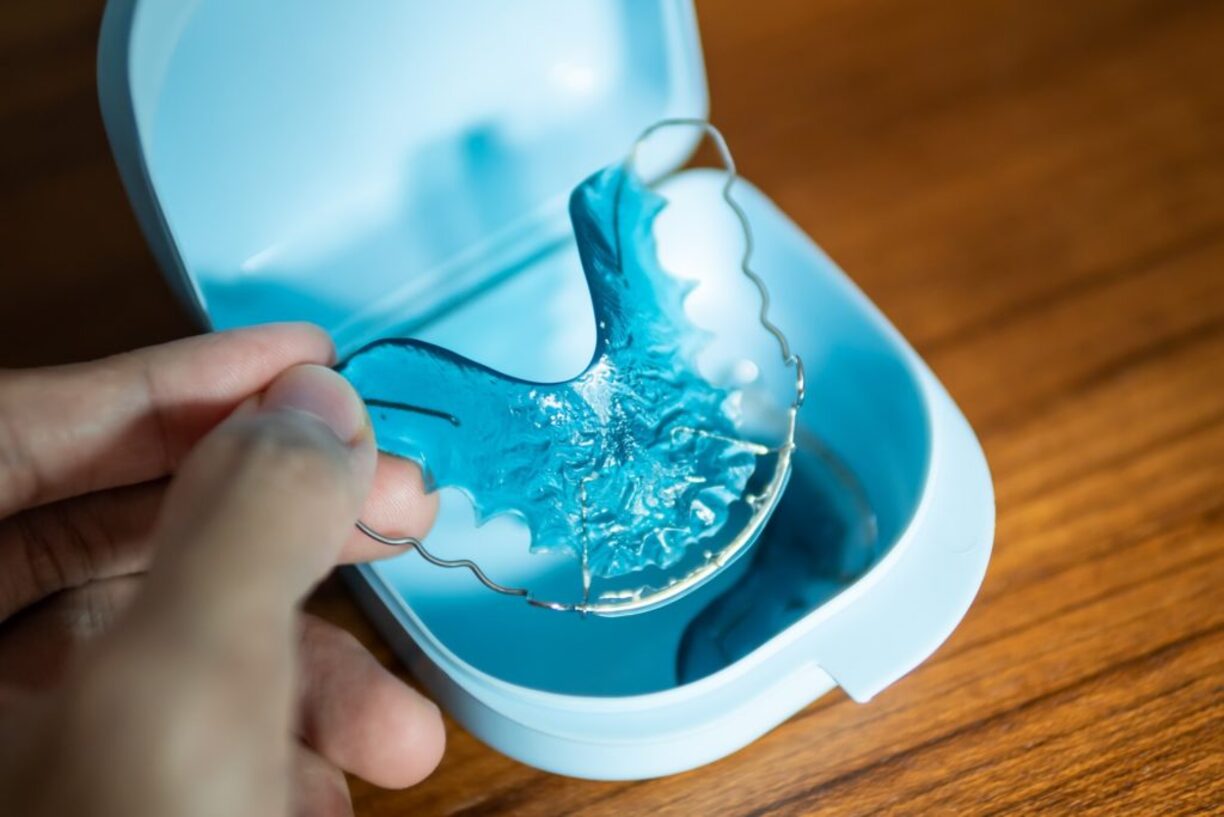


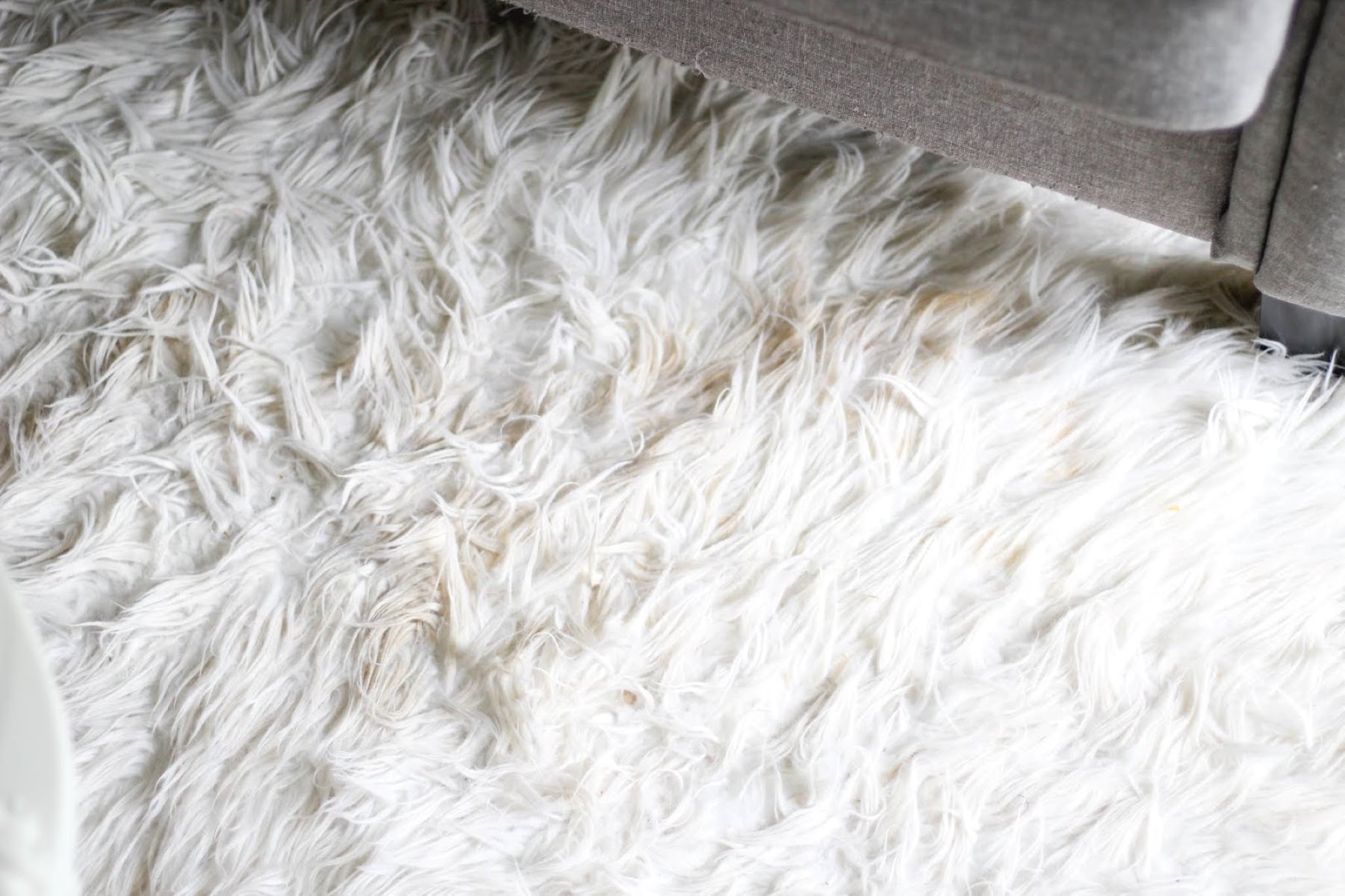
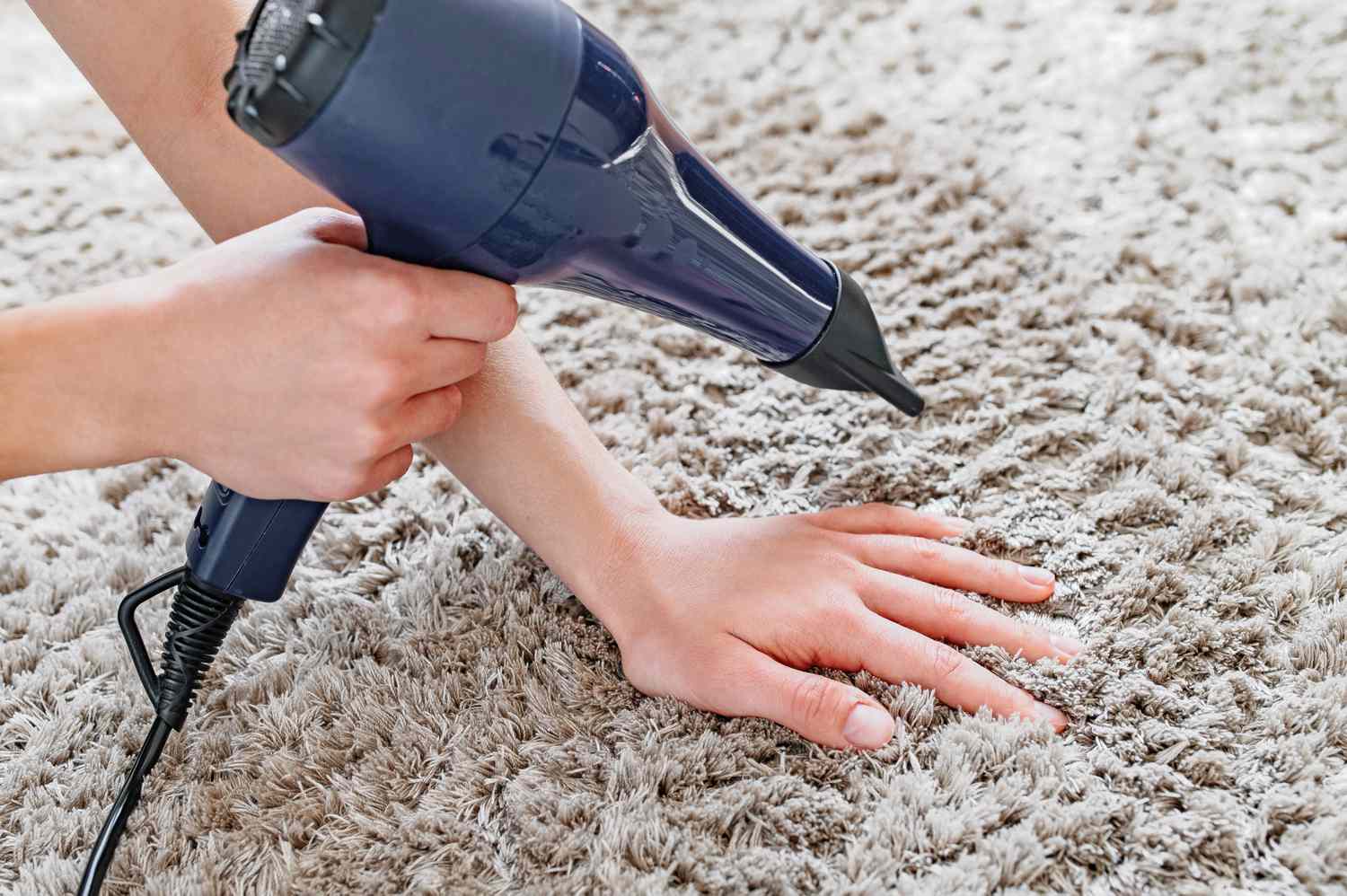

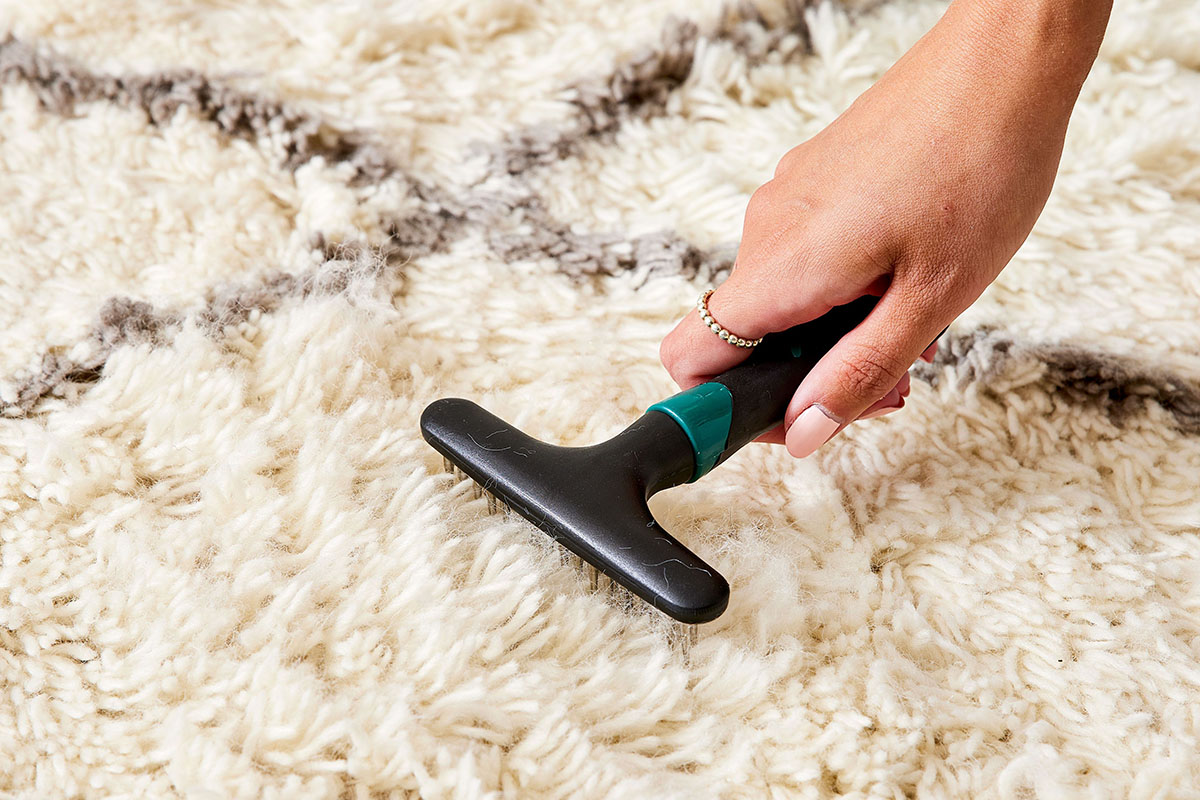
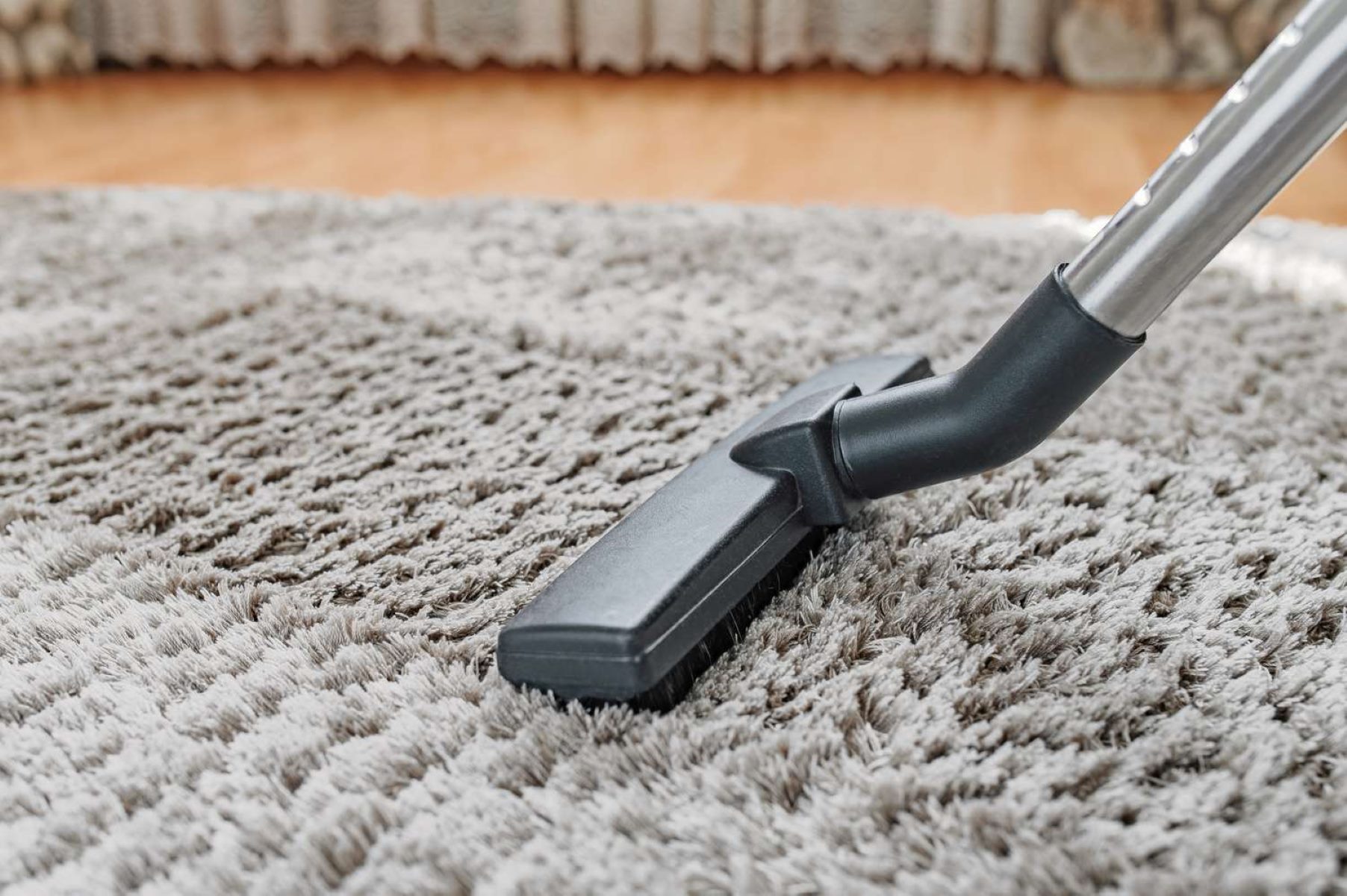





0 thoughts on “How To Dry A Comforter To Retain Its Fluffiness And Warmth”